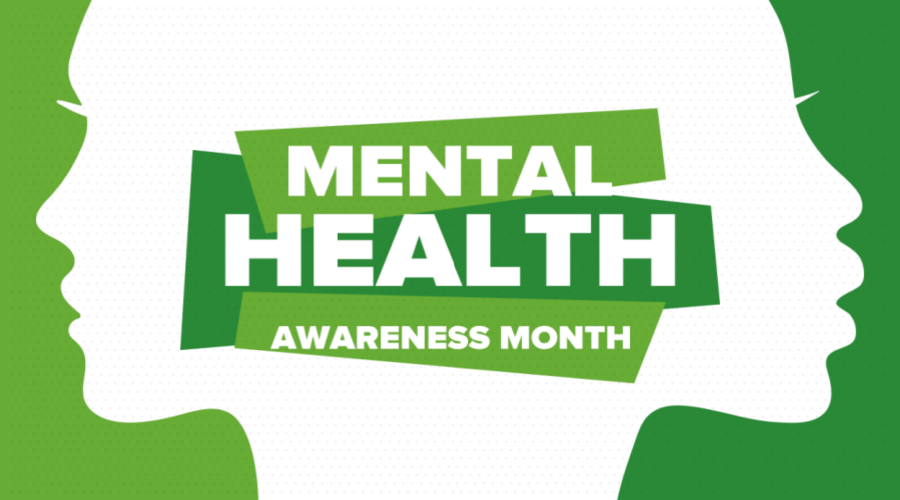This year has caused healthcare providers to change a lot about the way they interact with patients, and it’s changed the expectations that patients have for their providers.
To find out what was on patients’ minds in 2020, Cedar conducted a Healthcare Consumer Experience Study. They interviewed 1,502 patients who visited a healthcare provider this year and asked them about what they liked, what they didn’t like, and what would make their experiences better in the future.
Here are the trends Cedar identified and tips to make the most of them to improve patient care.
Trend: Covid increased digital engagement
Healthcare providers were already adopting digital solutions, but unsurprisingly, Covid accelerated those changes. Consumers reported that they want to see changes like more telemedicine options and options to fill out forms digitally or use touchless check-in options.
While patients are saying that they want more digital healthcare experiences, many of them reported that they don’t think their healthcare providers are meeting their expectations. Nearly half say they wish that digital options were easier to use, and 60 percent of people said they would prefer to make payments online through a digital portal.
Because of Covid, the study also found that patients needed some extra reassurance to get the medical care they needed, with 57 percent of consumers delaying care because of the virus and 53 percent of consumers saying they would think about switching to a new provider if they thought safety protocols weren’t being followed.
Tip: Tailor your patient experience
You probably implemented all sorts of changes and new services to keep patients safe and physically distanced at the beginning of the pandemic. Now that we’re several months into it with several more months until a vaccine is widely available, it’s time to reflect on how you can tailor those services to make them easier for your patients to use.
If you promoted your delivery service in March and April, check to make sure it’s simple for patients to request those services digitally. If you have an online store, keep it up to date so patients don’t get frustrated that they can’t find what they are looking for.
For patient-facing apps, have a friend or family member test it out to make sure requesting refills is intuitive and that notifications are coming through like they are supposed to.
Any tech that’s patient-facing — an IVR phone system, your website, or a chatbot on your social media — should be easy to use even for your least tech-savvy patients.
Editor’s picks
The Best (and Only) Way to Maximize Wholesaler Rebates
Here’s How to Overcome Pharmacy DIR Fees and PBM Reimbursements
Is Owning a Pharmacy Profitable?
Trend: Patients rely on social networks
The study confirmed what many small business owners already knew intuitively — that online reviews can make or break healthcare providers. More than half of respondents said that they consulted online reviews before they chose which healthcare provider to visit, and of that, 98 percent said that those reviews influence their decision.
How well a healthcare provider performed with their digital services also had a big impact on how they reviewed and chose healthcare providers. If providers had great digital products, 65 percent of people said they would recommend them or write a good review online. But if they didn’t have a good digital experience, 42 percent said they would consider switching to other providers.
Billing was also a pressure point for online reviews. When faced with unexpected costs or a challenging billing experience, 27 percent of consumers reported leaving a negative review about healthcare providers.
Tip: Stay on top of reviews
In addition to providing top-notch service, there are several ways you can stay on top of your online reviews to make them work for you.
The first: ask patients to leave reviews after they’ve had a good experience at your pharmacy. You can ask them in person, but it’s often more effective to send them an email after their visit with a link to the review website to make it easy for them.
Keep an eye on review websites to know what people are reading about you. When you receive a positive review, thank them for leaving the review.
Don’t freeze up when you receive a negative review — you should respond to those as well. Apologize and offer an explanation, then take the conversation private to see if you can resolve things. This may or may not change the unhappy patient’s mind, but it does show potential patients that you take complaints seriously and treat people respectfully. That can go a long way to repair the damage done by a bad review.
Trend: Generational differences
While overall, patients want more digital options, younger patients’ needs and wants diverge from those of older patients.
Younger people are more likely to want digital solutions like a patient portal, digital forms, and online appointment scheduling. People ages 18 to 54 are also four times more likely than older patients to switch healthcare providers if they don’t provide those digital options.
When it comes to perks like technology-driven payments, younger people are leading the charge. Around 23 percent of respondents age 18 to 54 want to use payment methods like Apple Pay or Venmo to pay their healthcare provider, compared to only 6 percent of people over 55.
READ NEXT: Contactless Payment Methods: What Retail Pharmacies Should Know
Tip: Offer lots of options
Winning over younger patients is an important way to create customer loyalty that could last years, but don’t do so at the expense of your older patients.
Introduce new services that make things easier for millennial and Gen Z patients like digital refills, payment via app, and e-commerce, but don’t change gears entirely.
Give your older patients the option to do things the way they’ve always done things. Some will adopt new technology like your pharmacy app, but others may want to continue calling in their refills on the phone. Forcing your older patients to start using Venmo is a good way to lose them to another pharmacy.
As you make your pharmacy more appealing to younger generations, also work to make it senior-friendly with options like senior discounts and a pharmacy layout that’s accessible to those with mobility issues.
An Independently Owned Organization Serving Independent Pharmacies
PBA Health is dedicated to helping independent pharmacies reach their full potential on the buy side of their business. The member-owned company serves independent pharmacies with group purchasing services, expert contract negotiations, proprietary purchasing tools, distribution services, and more.
An HDA member, PBA Health operates its own NABP-accredited (formerly VAWD) warehouse with more than 6,000 SKUs, including brands, generics, narcotics CII-CV, cold-storage products, and over-the-counter (OTC) products.
Want more pharmacy business tips and advice? Sign up for our e-newsletter.















